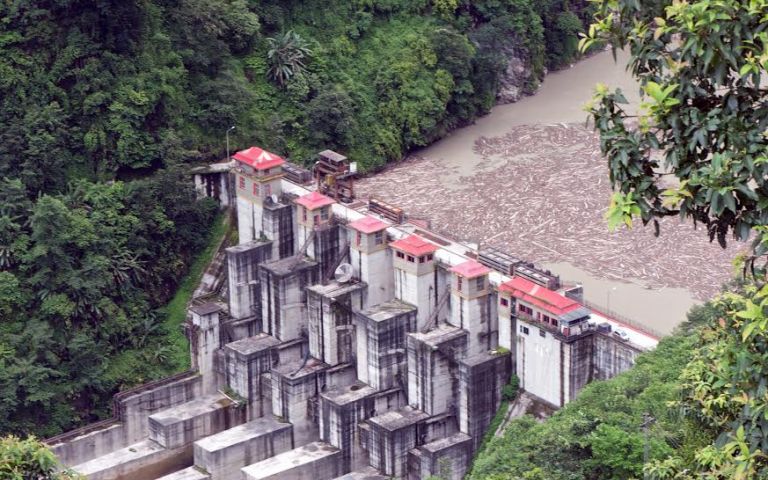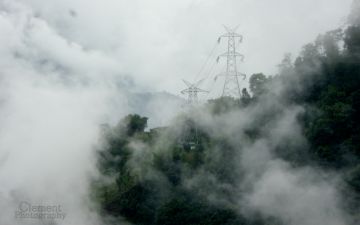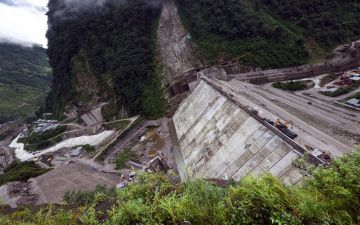As India continues to grow into a burgeoning world power, increasing the nation’s electrical generation is essential in order to elevate the Indian standard of living. Coal-fired power plants supply most of India’s electrical demand but, as India’s coal reserves dwindle, cultivating the hydropower potential of the rivers cascading through the Himalaya Mountains has become a national priority.
For Sikkim, harnessing hydroelectric power for export to greater India generates revenue for the state and helps to alleviate Sikkim's financial dependence on the Indian central government. Sikkim’s Chief Minister Pawan Chamling has embraced hydroelectricity by quickly approving thirty-two hydroelectric projects across the state.
The lack of independent environmental review and regulatory framework has raised concerns about the impact of industrial projects on the fragile Himalayan ecosystem and the poor precaution private developers have used when blasting tunnels and minimizing community impacts of construction.
The Sikkim government's haste in awarding dam contracts without a competitive bidding process has left the government with meager benefits compared to hydropower private-public partnerships in other parts of India. This lack of discretion has led to an investigation into corruption in Chalming's office, and skepticism of the long-term feasibility of Sikkim's hydro initiative.





